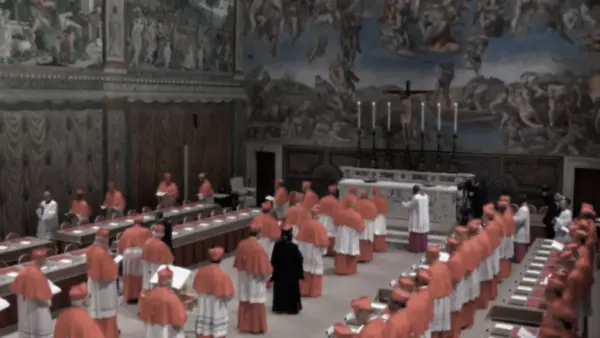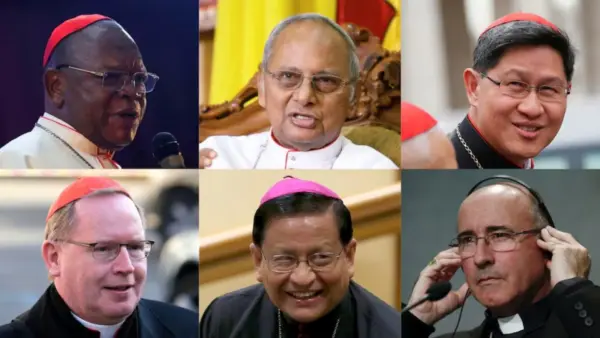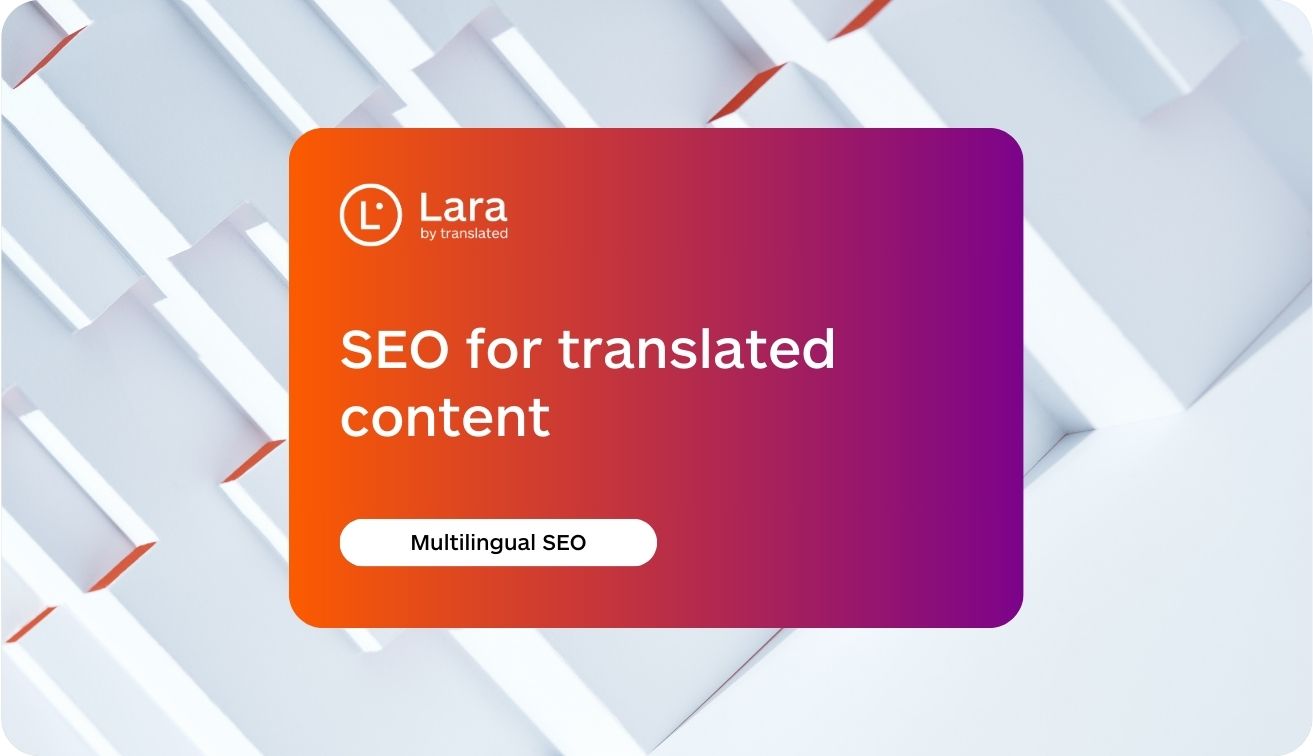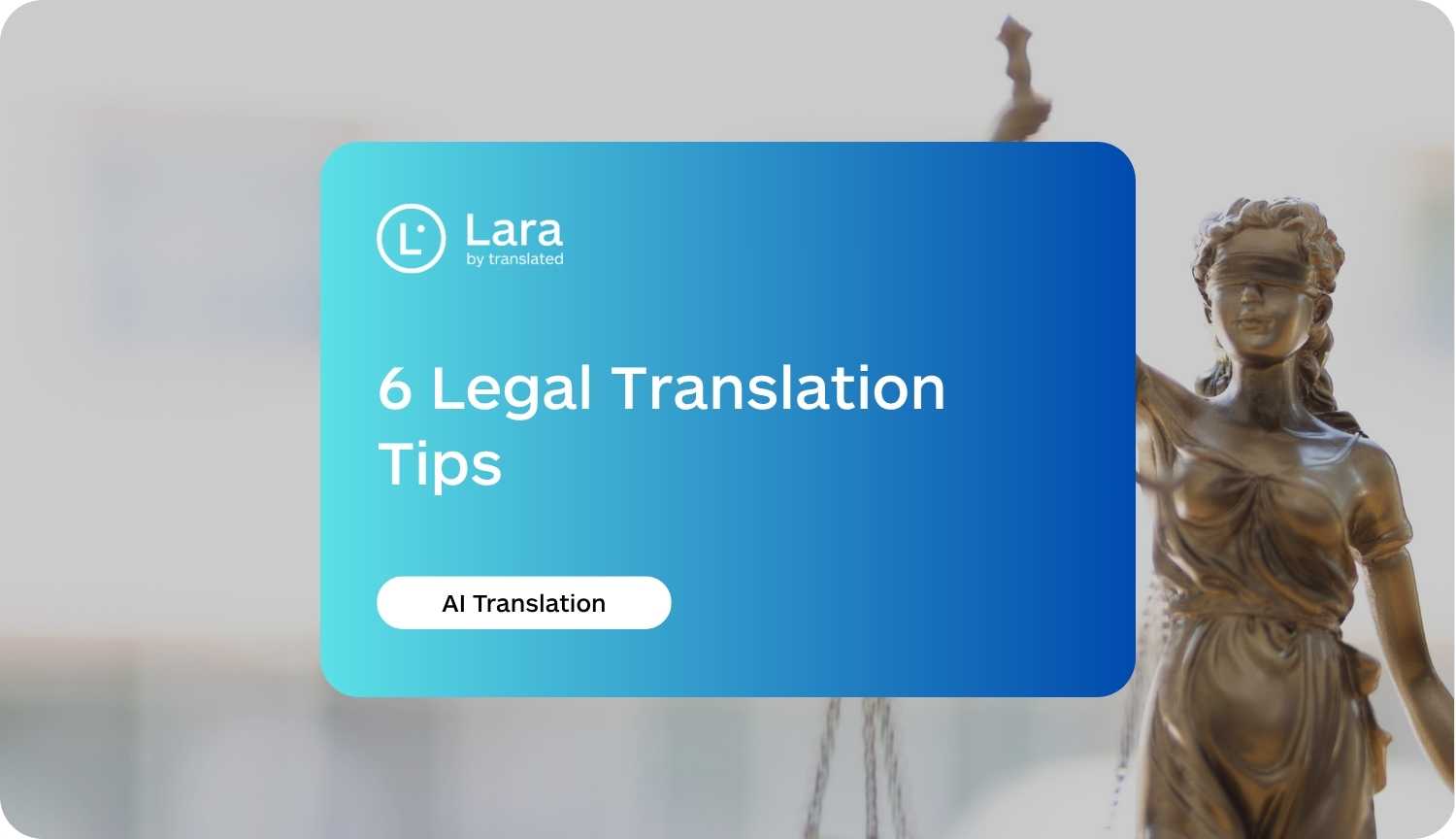As the world watches and waits for white smoke from the Sistine Chapel, the greatest gathering of Catholic leaders unfolds behind closed doors. The Conclave, where more than 130 Cardinals from across the globe elect the new Pope, represents one of the most linguistically diverse assemblies on Earth. What happens when tradition meets modern multilingualism?
The language foundation: Latin’s historical dominance
For nearly two millennia, the Conclave language operated almost exclusively in Latin, the universal language of the Catholic Church. The Sacraments, formal declarations, and all official proceedings utilized this ancient tongue. The famous phrase “Habemus Papam” (We have a Pope) remains in Latin today, preserving a tradition that connects modern gatherings to centuries of Catholic history.

Key facts about Latin in the Conclave:
- All formal voting ballots use Latin
- The oath taken by Cardinal electors is in Latin
- The final declaration “Habemus Papam” remains unchanged
- Official Conclave documentation uses Latin translation
Today’s linguistic tapestry: who speaks what in the Conclave
The modern Conclave languages bring together Cardinals speaking over 30 different languages as their mother tongues. The composition has shifted dramatically.

Current language breakdown:
- Italian: Traditionally dominant, with approximately 20% of electors
- English: Increasingly significant, spoken by about 15% of Cardinals
- Spanish: Growing influence, representing roughly 12% of electors
- Portuguese: Strong representation from South America
- French: Historical importance, spoken by about 8%
- Other Catholic Conclave languages: German, Polish, Chinese, Arabic, Swahili, Hindi, Korean, and many more
This diversity reflects the Catholic Church’s truly global nature, with representation from every continent.
Communication challenges: beyond the language barrier
When Cardinals from Nigeria, Philippines, Brazil, Italy, and South Korea need to discuss and debate the future of the Church, cross-cultural communication becomes paramount. Unlike multinational conferences, the Vatican language policy for the Conclave cannot rely on simultaneous interpretation systems to maintain its secrecy and intimacy.
Unique challenges include:
- No formal translation services inside the Sistine Chapel
- Informal discussions during meals and breaks
- Understanding nuanced theological discussions
- Cultural differences in communication styles
- Maintaining confidentiality while seeking clarity
Many Cardinals prepare extensively by studying multiple languages, with English often serving as the common denominator for international communication.
The evolution: from monolingual to multilingual leadership
The transformation of Conclave communications mirrors the Church’s global expansion:
Historical context:
- Pre-1960s: Italian and French dominated, with Latin for ceremonies
- 1970s-1990s: Spanish and English gained prominence
- 2000s onwards: True multilingual assembly emerges
This evolution reflects changing Catholic demographics within the Church’s leadership, with an increasing number of Cardinals from Africa, Asia, and Latin America, where English often serves as a secondary language.
Modern solutions for ancient traditions
While the Conclave itself remains free from electronic communication devices, Cardinals prepare differently now:
Pre-Conclave preparation:
- Language study and refresher courses
- Cultural briefings on communication styles
- Translation of key theological texts into native languages
- Informal language exchange among Cardinals
Some Cardinals work with translation services before entering the Conclave to prepare position papers or understand complex documents in various languages.
Breaking down language barriers in real-time
Beyond the sacred walls of the Sistine Chapel, modern multilingual gatherings increasingly rely on instant translation tools to facilitate seamless communication. When two or more people need to engage in dialogue across language barriers, real-time translation technology becomes invaluable.
How instant translators support collaboration:
- Enable spontaneous conversations between speakers of different languages
- Maintain natural conversation flow without pauses for interpretation
- Support group discussions with multiple languages simultaneously
- Facilitate understanding of cultural nuances through contextual translation
- Allow participants to communicate in their native language while being understood by others
While the Conclave maintains its traditional approach to preserve intimacy and confidentiality, many modern organizations and international gatherings benefit from tools like Lara Translate to ensure every voice is heard and understood, regardless of language. This technology particularly shines in informal settings, team building exercises, and spontaneous discussions where traditional interpretation might be impractical.
FAQ
What is the official language of the Conclave voting?
Latin remains the official language for all formal voting procedures, including the ballots themselves.
Do all Cardinals speak multiple languages?
While not required, most Cardinals speak at least two languages fluently. The Vatican encourages multilingualism among Church leadership.
Can Cardinals bring translators into the Conclave?
No external translators are permitted inside the Sistine Chapel to maintain the Conclave’s secrecy.
How do Cardinals from non-Romance language countries prepare?
Many study Italian and English intensively before the Conclave, as these languages often serve as bridges between different language groups.
Has the multilingual nature affected the election outcomes?
While difficult to quantify, the increasing diversity has certainly influenced how candidates present themselves and how discussions unfold.
This article is about
- The historical use of Latin in Conclave proceedings
- The dramatic demographic shift in Cardinal composition
- Communication challenges in the world’s most secretive election
- How Cardinals bridge language barriers without formal translation
- The evolution from monolingual to multilingual Church leadership
- Modern preparation methods for multilingual Church governance
- Real-time translation solutions for global collaboration
- The impact of language diversity on international decision-making





